Speech-language pathology is a demanding field, and many SLP workplace settings have the potential to be stressful and overwhelming, and even lead to burnout. Preschool settings can be particularly challenging and exhausting. However, the core message of this episode is that it is possible to move beyond simply surviving in the workplace, and it offers three simple tips focused on how to thrive as a preschool SLP.
Before exploring the three tips, the episode begins with an acknowledgement of the unique challenges of being a preschool SLP. It also acknowledges that even after making positive changes, working as an SLP is unlikely to be easy.
The first tip focuses on authenticity. Preschool SLPs are sometimes assumed to be naturally bubbly and perky, but many different personality types can thrive in this role! Students and clients respond to authenticity, and when we come to work as our authentic selves, our days are less draining.
The episode also discusses the importance of encouraging our students to be authentic. This may mean adjusting our expectations related to sitting still, focusing, and taking turns. The episode cites an example from preschool specialist SLP Kelly Vess, who allows her students to shout out answers rather than raising their hands and waiting for her to call on them.
The second strategy in the episode is related to leaning on and learning from preschool experts. Preschool can be a niche setting, and the learning curve can be steep for SLPs who are new to working with this age group.
Kelly Vess is the first preschool specialist highlighted in the episode. Her work focuses on using shared storybook reading, narrative interventions, and movement in her sessions.
The second preschool specialist highlighted in the episode is Anne van Kleeck, a researcher whose work has focused on preschool language and literacy development.
The third tip in the episode is all about simplifying therapy and using multipurpose activities that target multiple goal areas when working with preschool students. One reason why this is important is that neuroplasticity is at its height during the preschool years, making it a crucial time for children to be exposed to a wide variety of experiences and language structures.
One of the most effective multipurpose activities when working with preschoolers is narrative/shared storybook reading. During these activities, it’s important to help students build their academic language skills, a topic that Anne van Kleeck emphasized in her research.
If you’re looking for engaging, interactive, and time-saving speech therapy materials that both students and SLPs will love, check out what the Digital SLP® membership site has to offer, or sign up for our 30-day free trial for instant access to more than 2000 engaging, high-quality resources. Our TPT store is also available!


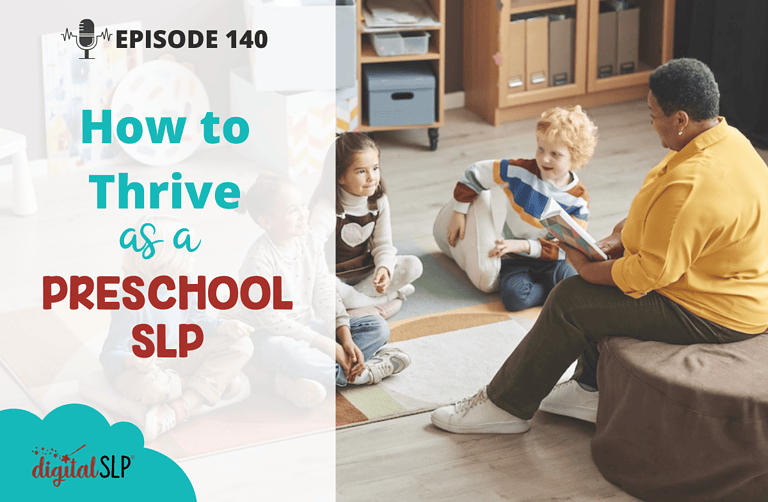



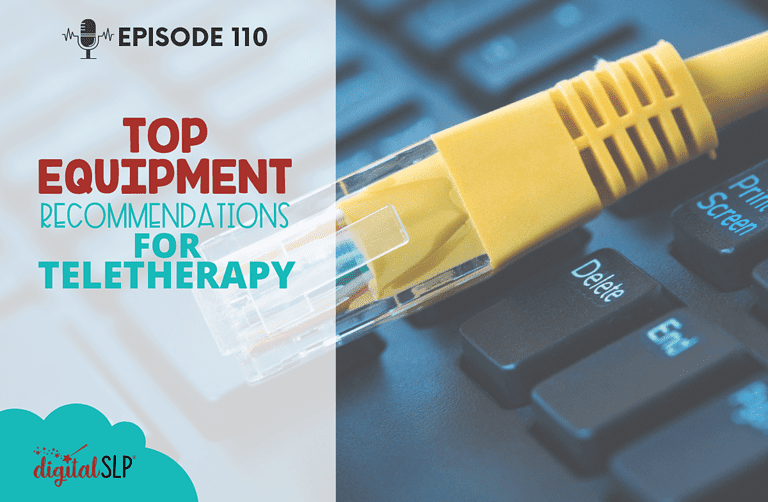
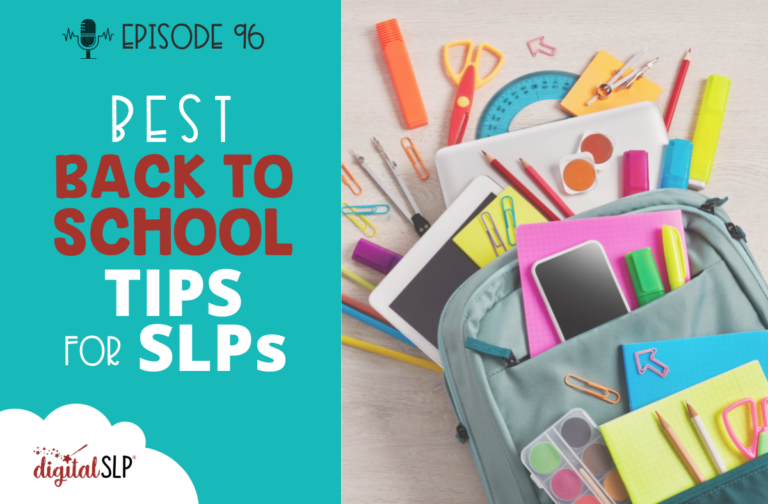
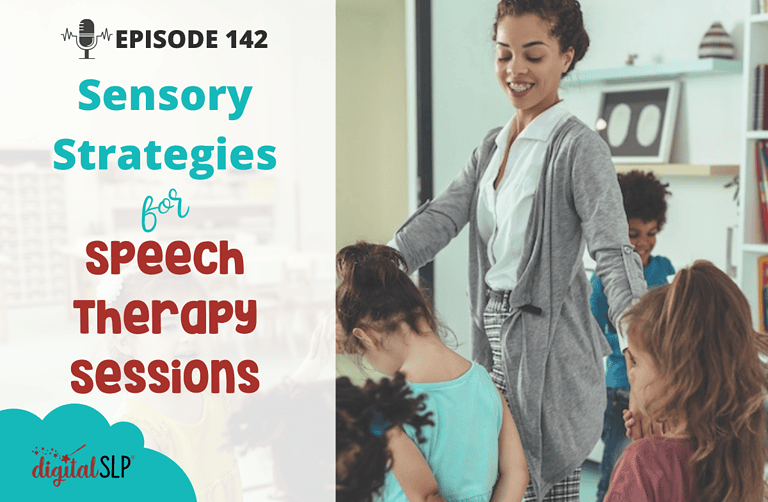

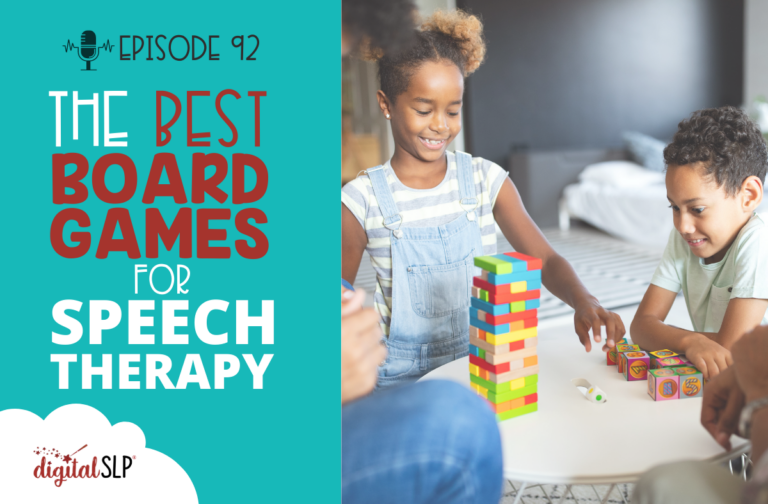


Recent Comments